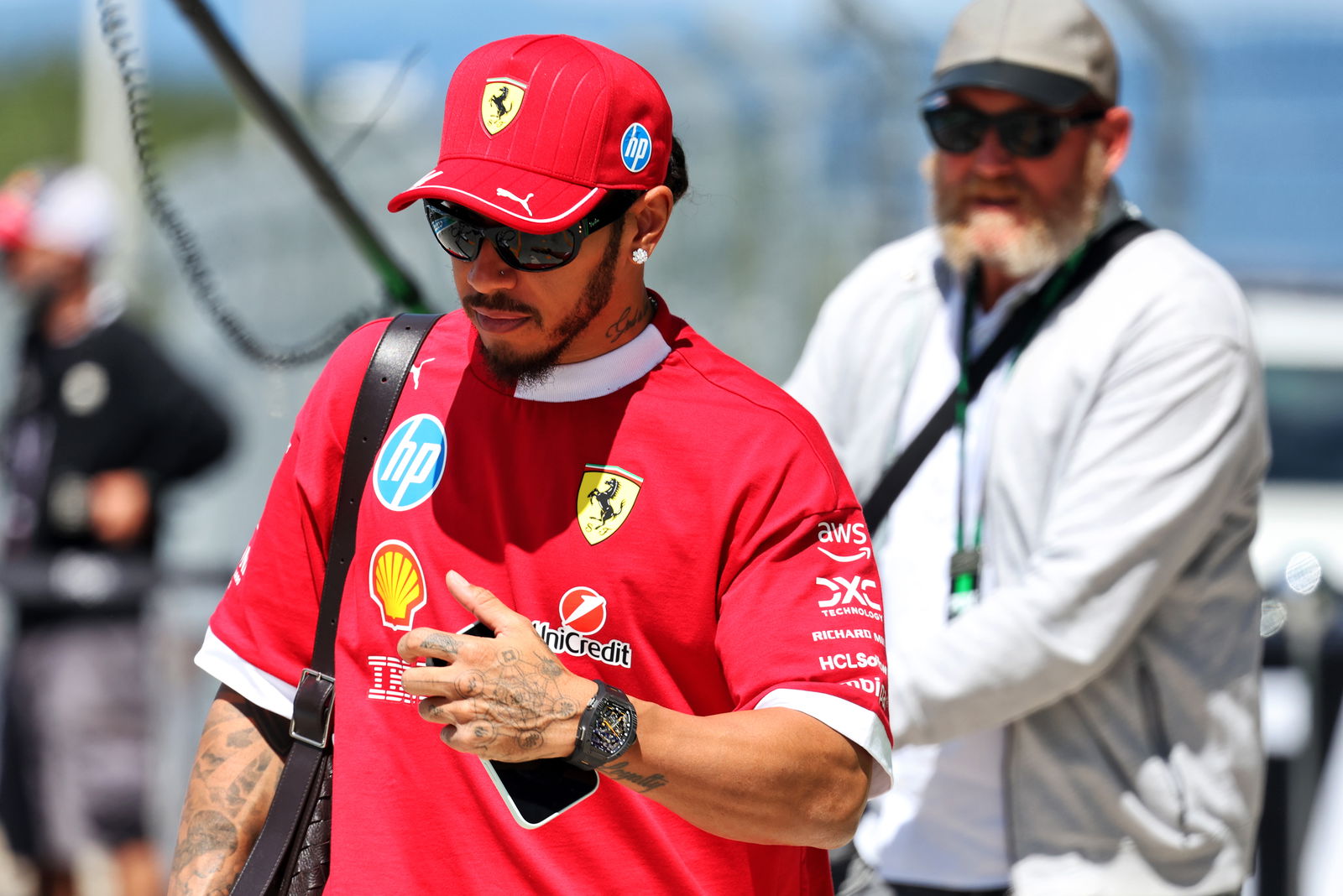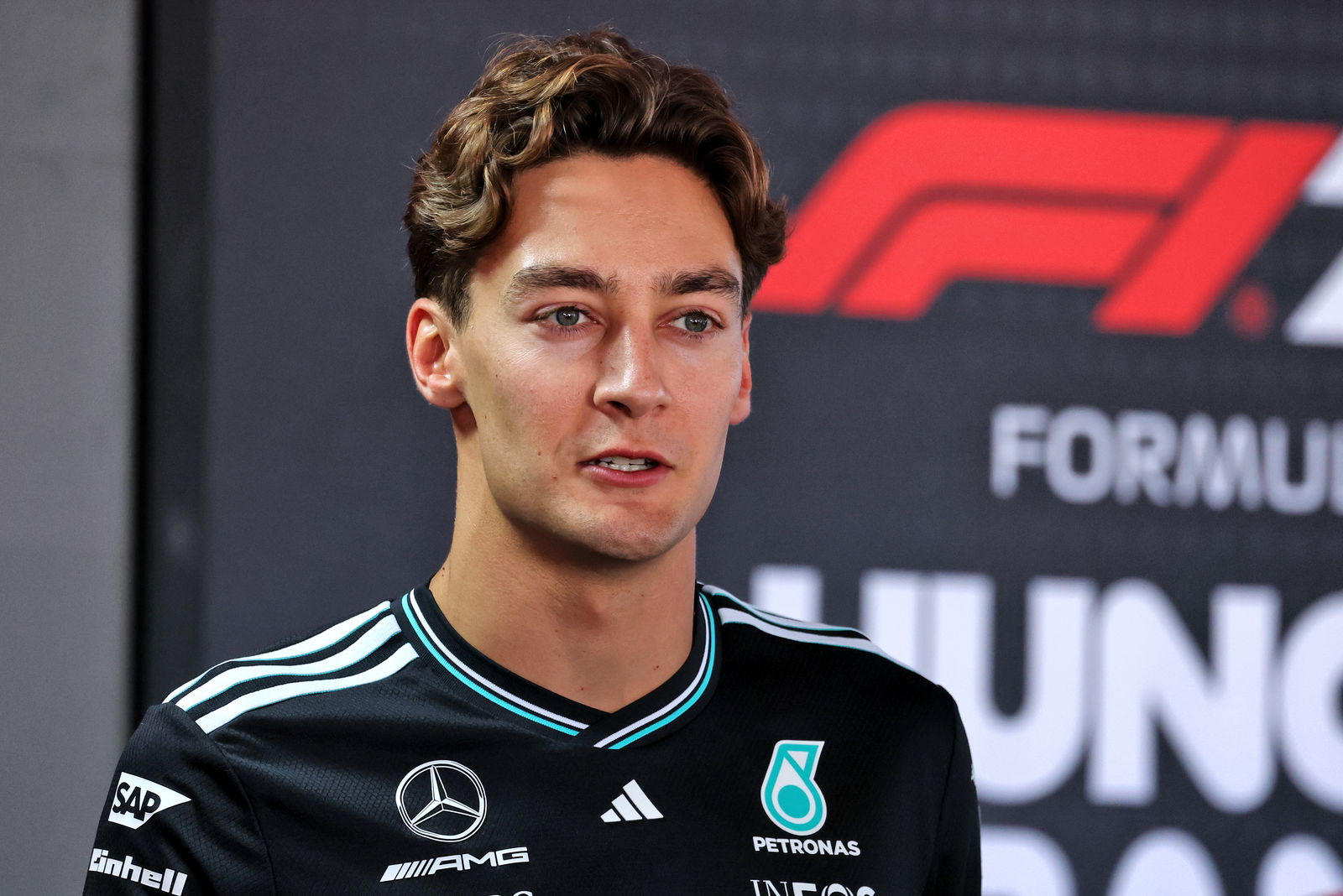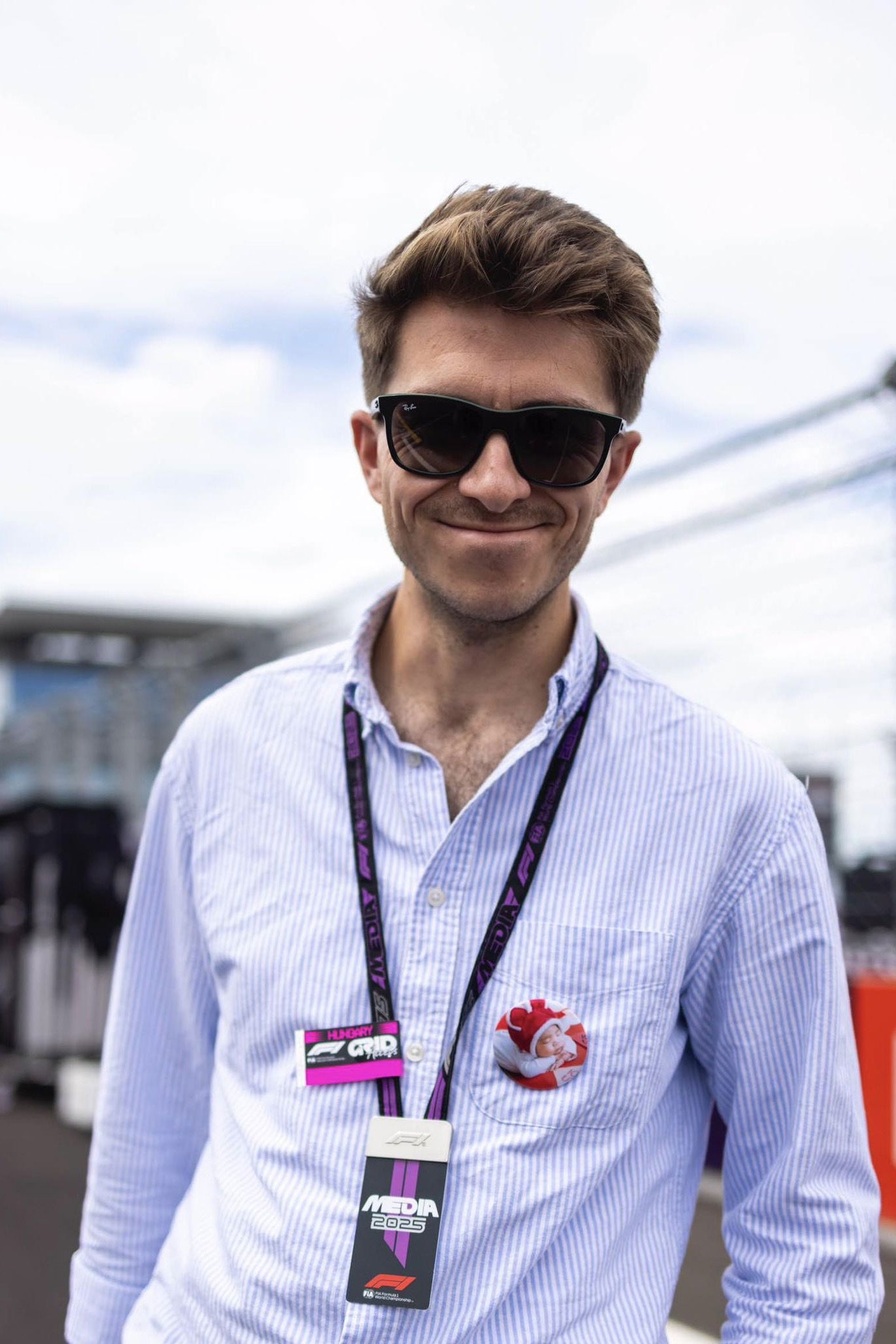Can anything be done about F1’s wet-weather problem? Drivers speak out
Our reporter on the ground rounds up how drivers responded to the delays at the Belgian Grand Prix caused by wet weather.

F1 drivers have reacted to the delays caused by wet weather which impacted last weekend’s Belgian Grand Prix.
The start of the race at Spa-Francorchamps was delayed by an hour and a half due to heavy rain and poor visibility, with the decision splitting opinion among drivers, teams and fans.
Max Verstappen said it made "no sense” to delay the start and argued F1 may as well stop racing in the rain if it is going to take such a cautious approach.
F1’s wet-weather problem was one of the main topics debated by the drivers during Thursday’s media day at the Hungarian Grand Prix.
Here’s what the drivers told media including Crash.net at the Hungaroring.
Use tarmac which avoids spray - Carlos Sainz
“I always thought Formula 1 should almost innovate and try something different. I think there are certain kind of tarmacs that if you would put them on a straight line, there would be no spray and they exist, but most circuits don't have it.
“In the end, the biggest problem for us is visibility. It's what keeps us from racing. I think Spa is a very particular case where there's been a very dark past at this track. And the FIA consciously took a very conservative approach and they warned us on Thursday that they would take a very conservative approach.
“Maybe we should have done a better job in communicating that or they should have communicated to the fans, to the world, how we're going to play very easy because of its dark past and this is what's happened in the past and why we're going to play safe on Sunday. It's for everyone maybe to have a bit more awareness.
“I do think we could have obviously raced a bit earlier than what we did and in going a bit earlier after the red flag and the Safety Car could have lasted a bit less long, but you also need to put yourself in the shoes of the people that press the button to say go.
“If there's a massive accident because of a lack of visibility and something fatal could happen and they are in the end responsible for that situation to occur if you press the button. I understand also the conservative approach they took even though as a racing driver I wish we could have raced a bit earlier.”
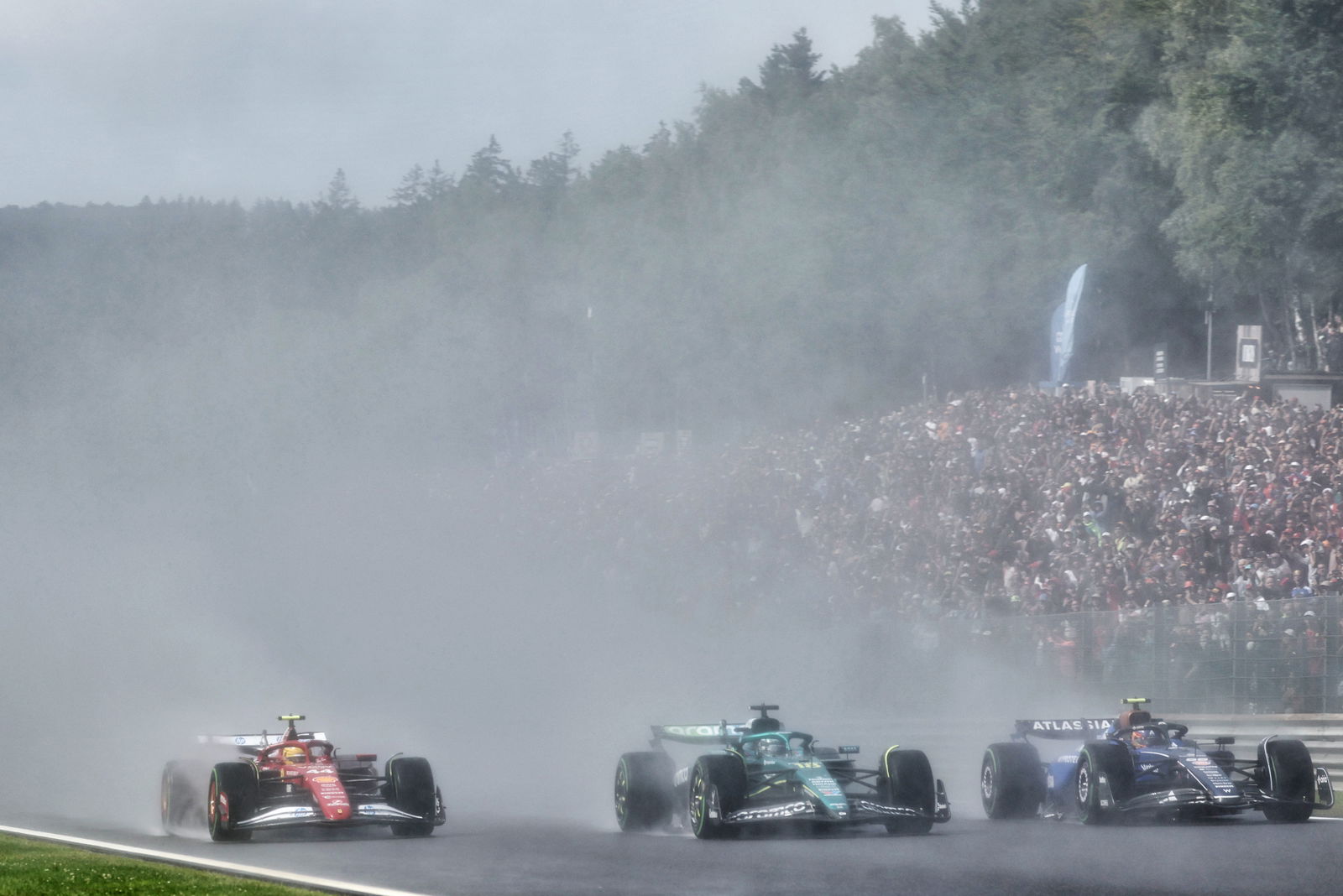
Safety also down to drivers - Max Verstappen
"Silverstone was probably on the edge, so take it a little bit safer, but this for me was too safe. On the other hand, when there's a lot of spray and you can't see a lot, you can also make a bigger gap if you're not sure where you're going.
“This is something that most of the time, when you have big accidents, some people are not lifting when they can't really see. And they keep it pinned, basically, because they think the people in front of them or behind them do that as well. But yeah, it's complicated.
“Some drivers will say the opposite to what I say and that's fine, everyone has their own opinion. I just look at it as a proper race, because I think Spa could have been a fantastic rain race.
"We all look back at it in the past in Formula 1, you had these great wet races. I feel like it's very rare that we get these kind of races nowadays. Of course, I understand safety, but sometimes also as a driver, it's in your hands if you can keep it safe or not. And if you can only keep it safe in almost dry conditions, then that's something that we have to look at.”
Drivers will work with the FIA - Pierre Gasly
“It's always easier to explain why you've been too conservative than explaining why you've put the drivers in dangerous conditions. At Silverstone, we saw a driver hitting another car from not seeing where it was going, which to me has nothing to do with racing.
“We want to see overtaking. We want to see skills out there in the wet, not a race decided on whether you see what's going on two meters in front of your car. Spa, they said before the weekend, they'd probably be more conservative knowing what happened in Silverstone and knowing the history of the racetrack.
“Were they on the conservative side? Yes. Can we complain that they were conservative? I don't think so. Can we work with them to help them make a slightly more precise judgment and increase the show and the driving on track in these conditions? Sure thing.
“I'm sure we're going to talk about it in the Drivers' Briefing and next race they'll do even better and we'll find the right adjustment. I don't think it's fair to say they've done a bad job. It’s explainable. They were on the safer side this time.
“We'll work on that. Us drivers, we want to drive on the wet. We're fine with it. It's always exciting. You don't want to end up in a situation where you don't see and you end up crashing in the middle of the Kemmel straight and having another incident you need to explain to another family. It's a fine line and we will work on it with the FIA and I'm sure it's going to get better over time.”
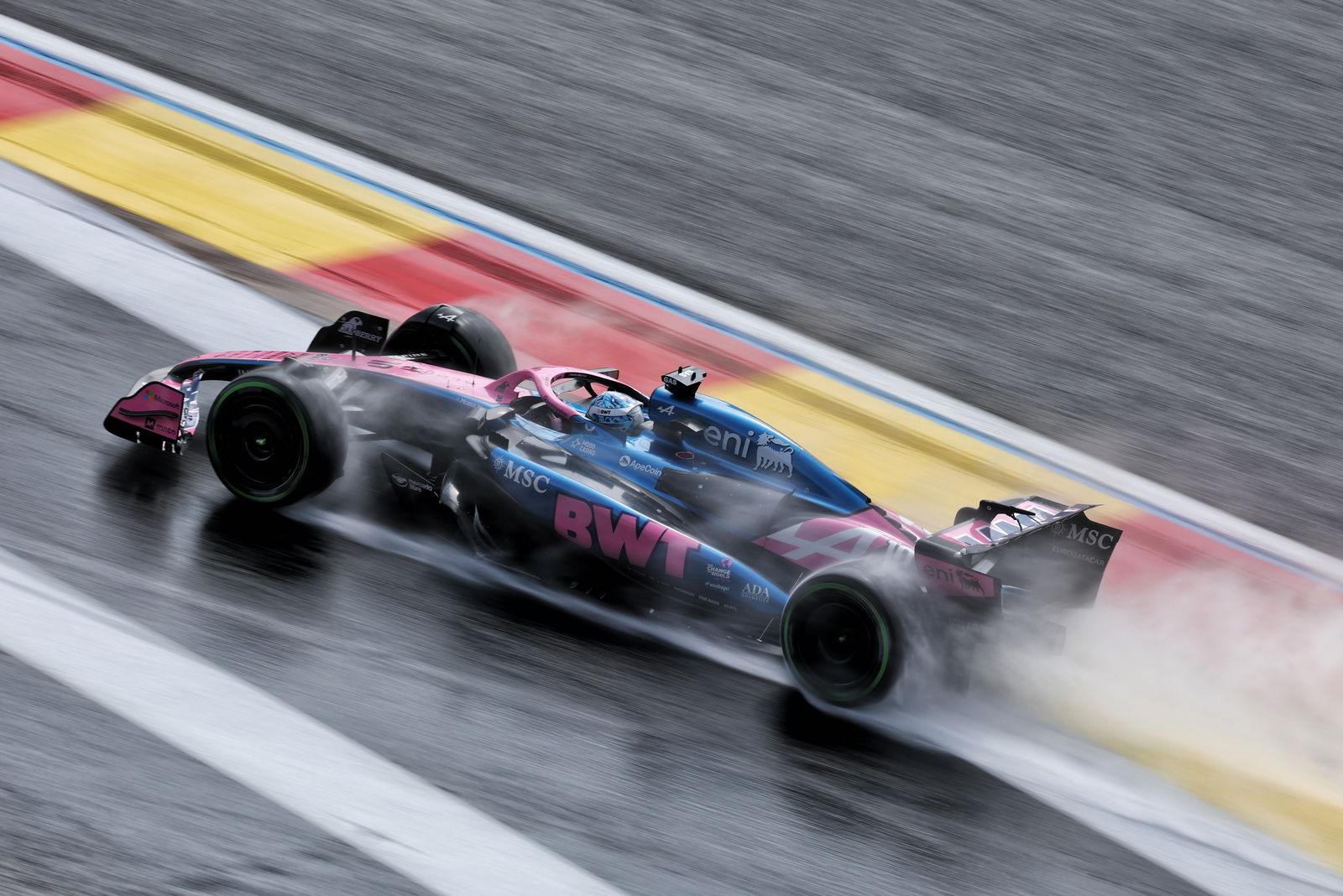
Current F1 cars the problem - Alex Albon
“It's almost like an impossible job for the FIA. We've historically seen some very severe, life-threatening crashes in the wet and to make that call, I don't think any of us would want to be in their positions to do them.
“The people who are most vocal about not driving are the drivers. We are vocal when we think it's ready to go and when we think it was time. But at the moment, the full wet tyre and the conditions of the tracks, they don't align. The tracks are too wet. It's not the tyres that are not good enough. It's just that we can't see. And unfortunately, we're the only ones that can truly tell you what that is.
“So I think the drivers are actually put in a bit of an awkward position in that sense because we look weak. We look like the ones that are complaining and that we should just get on with it.
“It's the worst feeling driving at 250 kilometres an hour and not being able to see 20 metres in front of you. The FIA listens to us very closely and they do monitor and they're always looking for solutions and potential areas they can improve to help us. But yeah, it's a really awkward conversation because I agree the wets are fine to go racing.
“On the wets, on a clear track, we would be totally fine. But at the moment, these cars are producing a huge amount of spray. As I said, the weekend as a whole, there was a good one for you by the end of Sunday with the points.”
Visibility worsened since 2017 - Fernando Alonso
“Probably since 2017, with that set of regulations and the wide tyres definitely made visibility worse, and probably some of the asphalts on the circuits, they are a little bit different than what they've been in the past because we raised with a lot of water in Sepang, in different circuits and it was always OK.
“Now this new generation of asphalt, which is very black and very grippy on dry conditions, is like a mirror in wet conditions. And yeah, the visibility is not nice. But I don't know what we can do there or what the tyres can do in a very rough tarmac. I said many times that the highways, there are some that they have zero spray. So if we implement that tarmac in all the circuits as a normal rule, we will have zero spray.
“Then it will be a huge degradation, probably, in dry conditions – I don't know. But then we can work from that theme and have a starting point. But I'm just a driver.
“It was better in the early 2000s, but it was terrifying as it is now.”

Better to be conservative - Gabriel Bortoleto
“Obviously in the position I was, there was a lot of spray when we went out for the first time and I think that was a position to not drive because we could not see anything. Then obviously we waited a lot of time until the restart and I believe yes, we probably could have started a few minutes earlier, like 10-15 minutes earlier.
:I understand there are a lot of people that said it was a good thing, some people said it was a bit too late. It also depends on how you set up your car. If you have a car set up for the dry, you want to race in the dry and it's normal.
"I felt like it was in the conservative side, but better being in the conservative side in Spa than risking something that we already have seen happening in the past there."
‘Age-old problem’ - Oliver Bearman
"It's the age-old problem. I think it will never change. It's not a case of full wet or inter-tyre, it's just level of the water on track.
"I think a good thing was at some places on the track, like the straight before Eau Rouge, there's some grooves cut in the track now for drainage and that was actually very good for drainage. So if they could have that in the straights, that's where all the issues come, in the straights at high speed.
"If they can drain the water with those grooves in the straight line then maybe it would be beneficial, I'm not sure. But I think we're always going to struggle with this issue of visibility in the wet, especially now with these ground effect cars. You have to be able to see something.”
